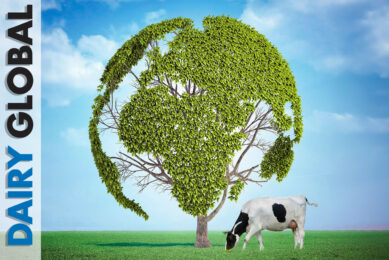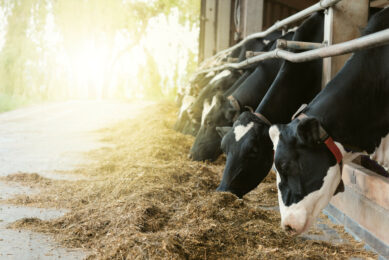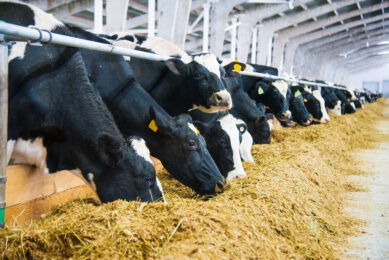Transition period: From improving performance to feed intake
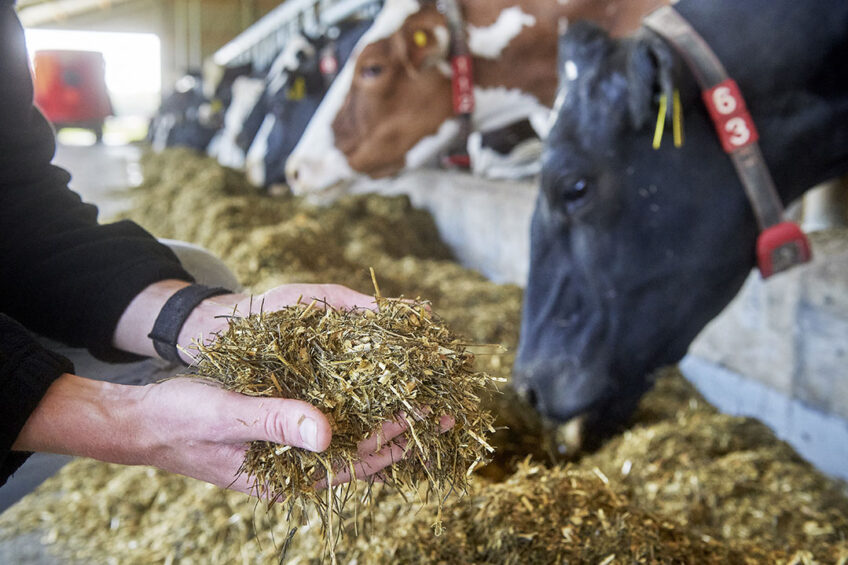
Better transitioning benefits cows well beyond the fresh pen, and it should be one of the most important areas of focus for dairy farmers worldwide. This is because how transitioning is carried out either positively or negatively impacts the 2 critical performance parameters of dairy cattle: how much milk they produce and their future pregnancies. We also take a look at the aspect of nutrition.
“Cows with a poorer transition produce less milk, take longer to become pregnant and are more likely to lose a pregnancy and to be culled from the herd, causing substantial economic losses,” explains Dr Eduardo de Souza Ribeiro, an associate professor at the Department of Animal Biosciences at University of Guelph in Ontario, Canada. “Reduced feed intake, exacerbated inflammation and oxidative stress seem to account for a large portion of the long-term consequences of an impaired transition period on cow performance.”

Dairy producers should therefore invest in infrastructure, personnel and nutrition focused on prevention of postpartum health problems, he says.
On the nutrition front, Ribeiro presented his latest research on the difference to cow performance made by giving supplemental omega-3 fatty acids and organic trace minerals at the Animal Nutrition Conference of Canada held by the Animal Nutrition Association of Canada (the next one is in May 2024 in Winnipeg, Manitoba).
In a nutshell, preliminary data from Ribeiro’s lab indicates that supplementation of omega-3 fatty acids to transition cows could help on the resolution of postpartum inflammation, and giving organic trace minerals enhanced immunity and feed intake during transition, both of which could promote better lactation and reproductive performance in the long run.
Ribeiro and his colleagues have also been studying effects of administering the anti-inflammatory drug meloxicam to transition cattle, targeting cows that need help regulating inflammation. This drug has been studied as a way to increase feed intake following birth for over a decade, including dosage level studies in terms of residue presence in milk, and other issues.
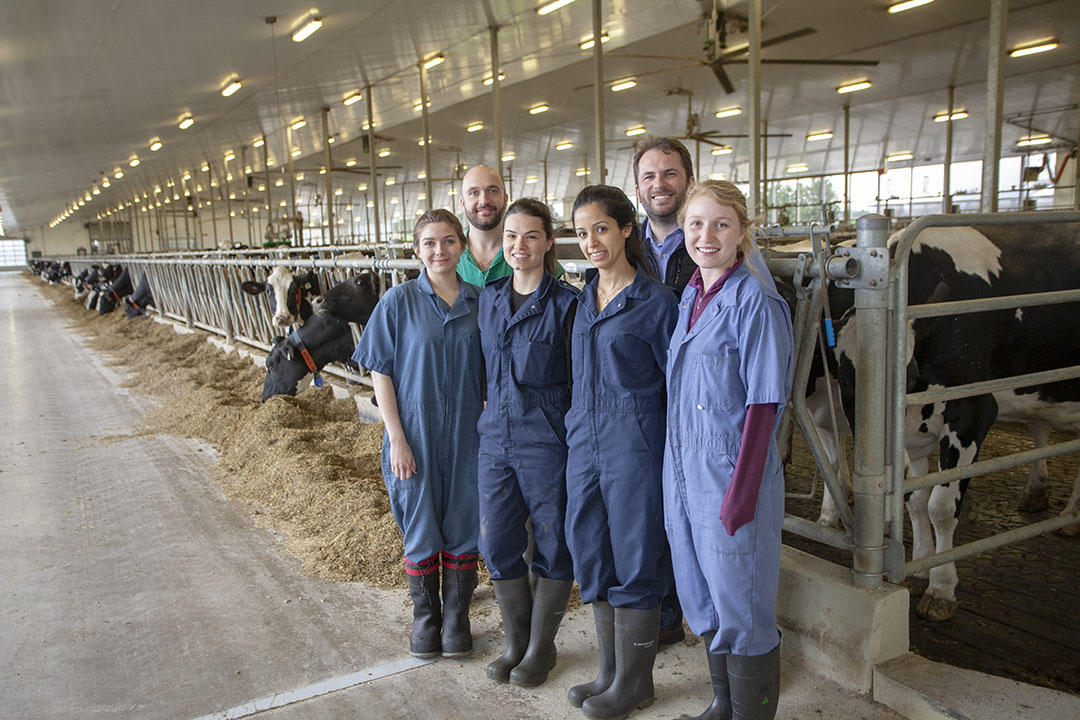
What is a bad transition?
How bad must a transition be for it to be considered bad? As with many measurement scenarios, the other end of the scale – what signifies an optimum transition – is perhaps a logical place to start.
There isn’t any iron-clad definition of what an optimal transition entails. However, whilst dairy scientists, extension agents and farmers may disagree about the finer points, quite a few characteristics of the transition period have been described consistently as important to achieving long-term success. Also remember that whilst individually, the following factors each reduce transition quality, more than one of them being present offers much more collective risk to future performance.
“Based on the literature, in an optimum transition, the length of dry period should be targeted to 40-50 days to avoid cows with a dry period that is too long (>60 days) or too short (<30 days),” says Ribeiro. “The body condition scoring at dry-off should be moderate (3.0 to 3.25 in a 1-5 scale) and be maintained through calving. Ideally, cows should have a normal calving of a single calf (no dystocia, no twins) and should maintain a good appetite, especially during the early postpartum period. Overall, it’s about good health during the transition, with no incidence of clinical diseases. This generally includes retained placenta, metritis, mastitis, lameness, digestive and respiratory problems, and metabolic problems such as ketosis, hypocalcemia and chronic inflammation.”
Dairy cow disease costs
To help motivate producers to improve their transitioning protocols, here are some details from Ribeiro and other scientists on the costs of various postpartum clinical diseases. Although these diseases can emerge at any time during lactation, most cases happen early in lactation. In fact, typically one or more disease processes are found in the first 3 weeks for approximately one-third of dairy cows in the western world.
In terms of reduced milk production due to disease, Ribeiro points to a 2019 study where Carvalho et al. found that, for a 305-day milk production period, cows with 1 disease compared with healthy herd-mates produced 767 lbs (347kg) less. Cows with multiple diseases produced 1,550 lbs (702kg) less.
Regarding culling, these same researchers found 27.4% of all cows enrolled left the herd before completing 305 days in milking (DIM). Culling risk for healthy cows through 305 DIM was 22.6% compared with 35.7% and 53.8% for cows with 1 or with 2 or more cases of clinical disease during the first 21 DIM.
“Using the data from this team, Antonacci et al. in 2021 estimated the cost of clinical disease during the first 21 DIM, calculating revenues, expenses and the residual cow value for each of the 5,085 cows enrolled in the study,” says Ribeiro.

As expected, the number of diseases reduced milk revenue as a result of lower milk yield. Similarly, expenses with feed and breeding were reduced with the number of diseases because cows that had disease ate less and spent less time in the herd. Postpartum disease increased treatment costs, especially during the first 21 DIM, as ell as the amount of unrealised revenues (i.e., milk withdraw and cows that die without a salvage value).
Altogether, disease in the first 3 weeks after calving drastically affected the total values per cow/slot, with an estimated cost of approximately US$500 for a single case and US$1,000 for multiple cases.
Improving transition
Now that the industry’s understanding of transition cow management has improved substantially due to recent years of research, Ribeiro summarises current recommendations to optimise it:
- Invest in transition cow facilities to provide comfort and cleanliness, and minimise stresses from all sources (barn, cow interactions, etc.)
- Monitor body condition score at dry-off, at calving and at approximately 6 weeks after calving and work to improve those numbers over time.
- Optimise consistency of TMR mixing and feed bunk management to stimulate feed intake, reduce feed bunk displacement, and minimise feed sorting.
- Incorporate health parameters in breeding programme decisions. A ‘do not breed’ strategy might be the most economical in some situations.
When postpartum problems do emerge, strive to complete early diagnosis and rapidly apply effective intervention to shorten the duration of the incident and reduce chances of complications.
Ribeiro adds: “The use of technology such as wearable sensors to measure rumination and physical activity, and in-line milk testing, can provide helpful information for monitoring the health status of cows and anticipating the diagnosis of some postpartum diseases. Some of these platforms may be able to help with early diagnosis and reducing lock-up time.”
Trace mineral studies
At this point, Ribeiro says supplementation of Co, Cu, Mn, Se and Zn is recommended to optimise the health and performance of dairy cows. Multiple sources of trace minerals are available for dietary supplementation and are mainly classified into 3 classes: inorganic salts of trace minerals, inorganic hydroxy trace minerals, and organic trace minerals. They differ in their chemical composition and bonding, stability and solubility in the digesta, microbial utilisation and toxicity and bioavailability for gut absorption.
In a series of 5 published articles, Ribeiro and his colleagues described the results of a large study evaluating the effects of total replacement of inorganic salts of trace minerals with organic trace minerals in both prepartum and postpartum diets of 273 individually-fed cows at the Ontario Dairy Research Centre.
Omega fatty acids
Successful transition is also obviously supported by strong immune function. Omega fatty acids support immune function, and research by Ribeiro and others continues into specific benefits.
A team of scientists in Israel and the US published a study in 2022 finding that ‘lipid mediators’ like fatty acids, endocannabinoids and oxylipids are potent modulators of immune-related metabolic functions. They note that “dietary supplementation of omega-3 and conjugated linoleic fatty acids, and inhibitors of fatty acid release such as niacin, can effectively modulate immunometabolism in transition dairy cows.”
Join 13,000+ subscribers
Subscribe to our newsletter to stay updated about all the need-to-know content in the dairy sector, two times a week.




